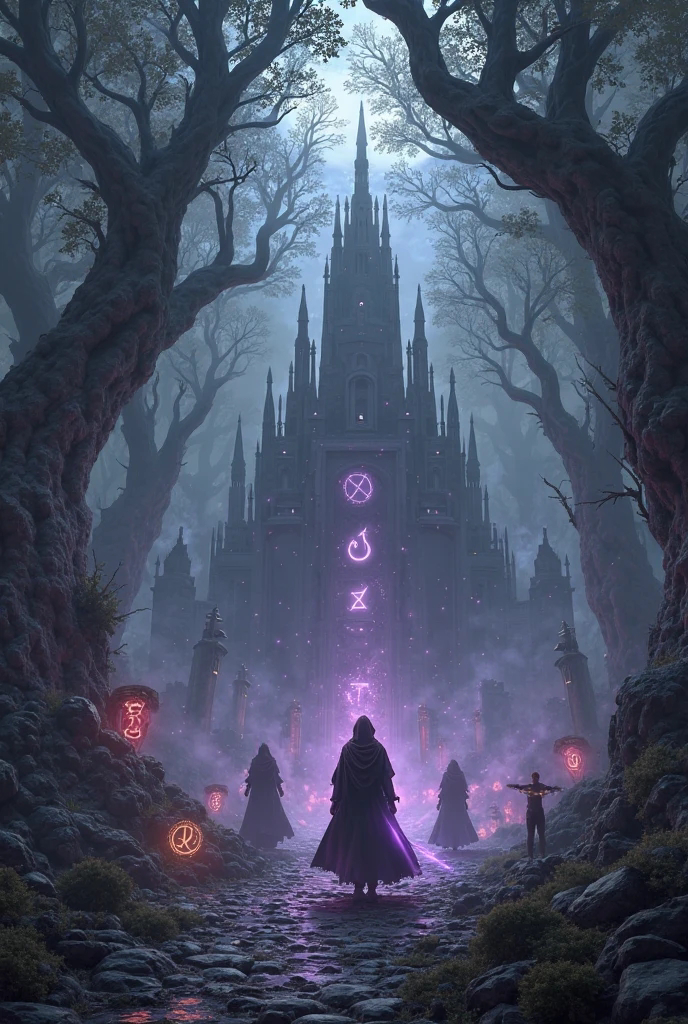The Dark World: Magic, Sacrifice & Secret Societies
Published on July 18, 2025 | By SufferingUnseen
Introduction: What Lies in the Shadows?
The modern world may appear civilized, but hidden under its surface lies a dark ecosystem of rituals, sacrifices, and manipulation. In secret temples, rural areas, and even elite institutions, sinister activities involving women and children persist. From ancient black magic to elite secret societies, the dark world thrives quietly, largely unnoticed.
The Roots of Ritual Magic and Sacrifice
Sacrifice is one of the oldest acts of ritual in human history. From the Aztec empire’s blood offerings to modern black magic in remote parts of the world, sacrifice has evolved into psychological warfare and even human trafficking in the name of spiritual or material gain.
Magic in the Modern World
Contrary to mainstream belief, ritual magic is not gone. In regions across Africa, South America, and parts of Asia, black magic is still practiced — often for wealth, revenge, or power. In urban areas, magic may be masked as esoteric spirituality or hidden in coded elite events.
Women and Children: The Targeted Victims
The most vulnerable in society — women and children — are often chosen as victims in these dark rituals. In some traditions, it is believed that children's purity increases the power of the sacrifice. Secret trafficking rings exploit this belief.
- India: Cases of child abduction linked with ritual killings, especially in rural tribal regions.
- Nigeria: Ritual killings during political elections targeting young women.
- Brazil: Children sacrificed during black magic ceremonies, often involving organized crime.
Secret Societies and Dark Networks
Secret societies such as Skull and Bones, Freemasons, and newer digital occult circles often appear in conspiracy theories. While many claims are exaggerated, documented rituals involving blood oaths and symbolic acts have raised global suspicion. High-profile disappearances and underground investigations often lead back to powerful figures protected by law or status.
Regional Ranking of Ritualistic Activity (2020s)
| Region | Key Ritual Activity | Victim Demographics | Dark World Ranking |
|---|---|---|---|
| West Africa (Nigeria, Ghana) | Black magic, political rituals, child sacrifice | Children, teenage girls | #1 |
| South Asia (India, Nepal) | Tantric sacrifice, cult abductions | Children, women | #2 |
| South America (Brazil, Colombia) | Pagan rituals, narco-cults, Santería | Street children, women | #3 |
| North America (USA) | Occult circles, alleged elite abuse | Children (underground reports) | #4 |
| Europe (UK, Germany) | Satanic groups, ritual abuse cases | Teenagers, cult followers | #5 |
How These Rituals Operate
- Recruitment: Often from poor, tribal, or runaway populations.
- Isolation: Victims are cut off from the outside world and manipulated.
- Ritual Acts: May include cutting, chanting, symbols, sexual abuse, or even murder.
- Concealment: Victims are often unreported, hidden via fear or corruption.
The Psychological and Societal Impact
Beyond the physical horror, the psychological scars of victims — especially children — run deep. Survivors often suffer from PTSD, dissociation, and suicidal ideation. Societies affected by these crimes face mistrust, fear, and political instability.
Recent Exposures and Whistleblowers
Thanks to brave whistleblowers and journalists, certain dark societies have been exposed:
- 2023: Investigative journalism in Congo revealed a ritual child-trafficking network linked with a mining syndicate.
- 2024: Colombian authorities uncovered a sacrificial cult near Cali involved in multiple murders.
- 2025: A viral leaked video from Southeast Asia allegedly showed a wealthy tycoon’s ritualistic black mass.
Can the Dark World Be Stopped?
Stopping the dark world is not easy. These acts are protected by power, money, and fear. Solutions require:
- Stronger global surveillance and reporting networks
- Support for whistleblowers
- Education to detect early signs of grooming or cult behavior
- Public awareness through digital media and blogs like Suffering Unseen
Conclusion: Shine Light on the Shadows
This world of magic and sacrifice exists far beyond folklore. Real children and women suffer from hidden crimes every year. By exposing these truths, even through small platforms, we contribute to the resistance against cruelty and secrecy.
👉 Suffering Unseen - Official Blog
.jpg)

.jpg)
.jpg)

























